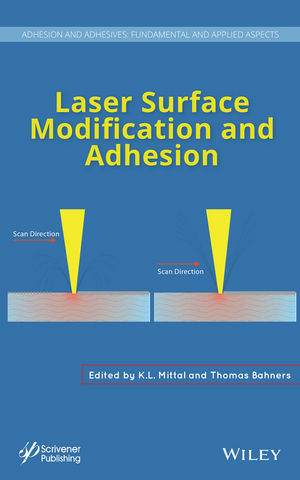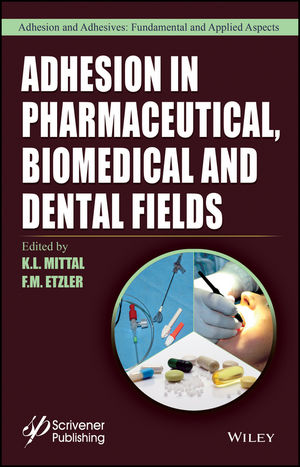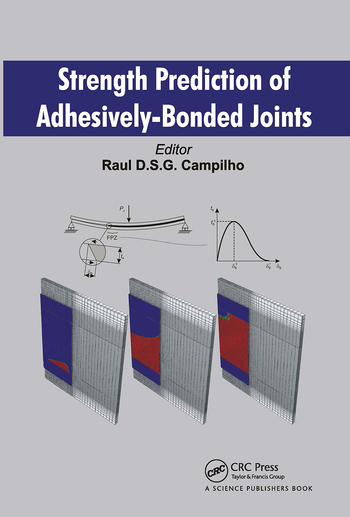EDITOR'S MEMO: Stacked and Packed
Welcome to the May issue of ASI. A good amount of space in this issue is devoted to our third annual Materials Handbook. This year's handbook has been updated and expanded with more than 30 new categories and their definitions, and an increase in supplier listings. While there may be several reasons for the increased size of the handbook, a recent report on the positive outlook for chemicals in the future plays a role.
According to a recent study by The Freedonia Group Inc., a Cleveland-based industrial market research firm, demand for construction chemicals used in on-site applications is projected to increase 4.6% per year to $6.4 billion in 2006.
Protective coatings and sealers will remain the largest product type, but are expected to register below-average growth due primarily to market maturity; however, coatings will register stronger growth than in the previous five-year period. Cement and asphalt additives are expected to register the strongest gains. These products constitute a growing niche in the construction chemicals market, as increasing numbers of contractors and builders avail themselves of the many advantages offered by cement and asphalt additives.
Caulks and adhesives are also expected to register above-average growth, the study reports. Market value growth for caulks in particular is expected to benefit from a shift to better performing formulations, including silicone caulks.
This issue also includes articles on pressure-sensitive adhesives, release liners and adhesive films not to be missed. Our cover story, "Stretching Adhesive Film Technologies," discusses how CPFilms, Martinsville, VA, has created precision-coated adhesive films that are used on a host of applications.
Two articles this month discuss pressure-sensitive adhesives. In one, FLEXcon, Spencer, MA, discusses how PSAs allow switch manufacturers to create a membrane switch with long-term reliability for overall product performance. In the other article, silicone pressure-sensitive adhesives from Dow Corning, Midland, MI, are used successfully in many new applications, including electronics assembly and semiconductor processing.
An article from Akrosil, Menasha, WI, discusses aspects of release liners based on silicone chemistry and anchorage on paper substrates.
Finally, Enercon Industries Corp., Menomonee Falls, WI, explains how high-density atmospheric plasma represents a new generation of surface-treatment technology, and outlines its key benefits for adhesive manufacturers.
Looking for a reprint of this article?
From high-res PDFs to custom plaques, order your copy today!






